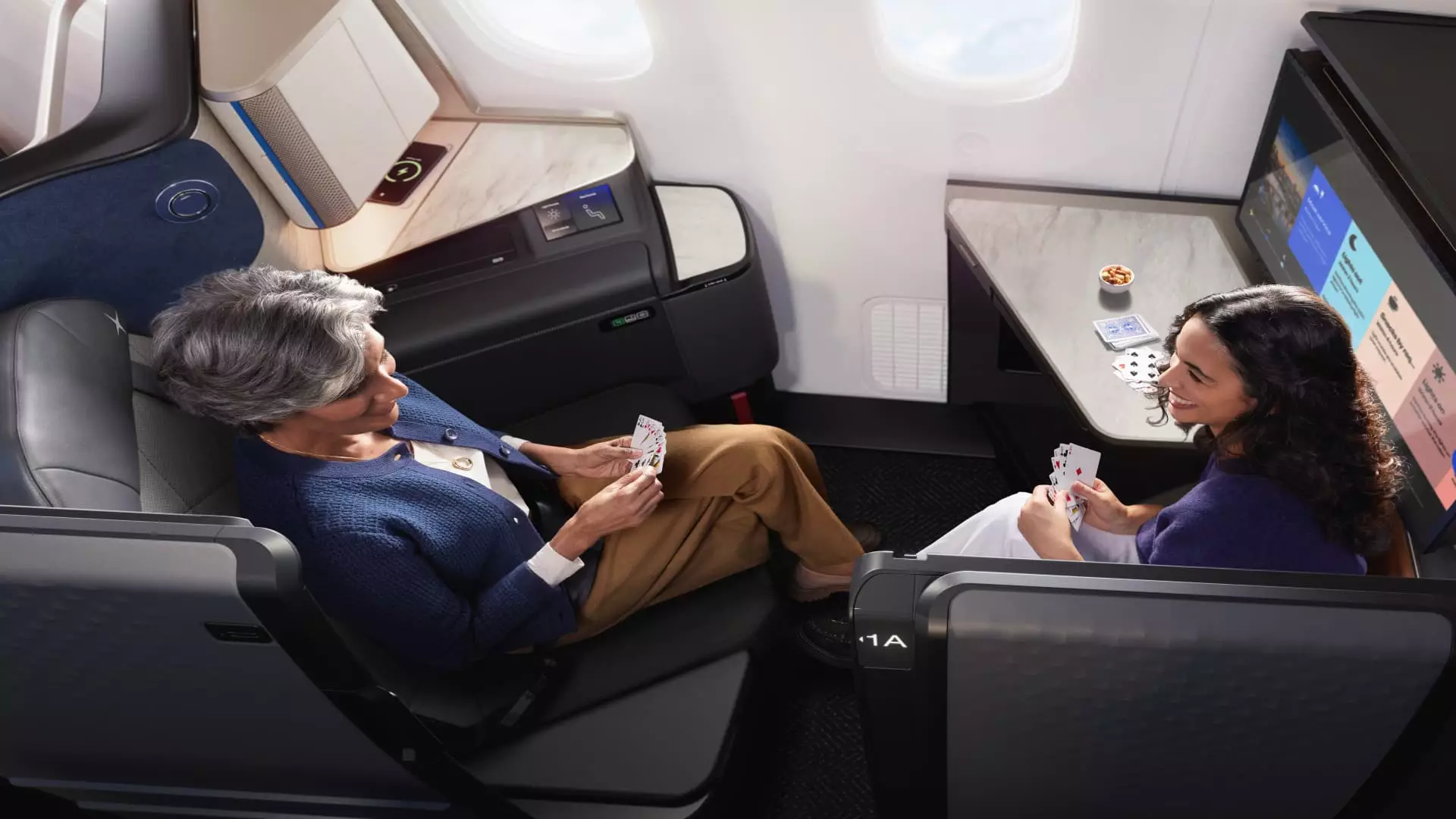In a world where luxury travel often equates to a competitive edge, U.S. airlines are investing vast sums to clinch the title of the ultimate business-class experience. The stakes are high, as carriers like American Airlines and United fight to offer innovative features that not only enhance comfort but also cater to the increasingly discerning tastes of affluent travelers. What once was a simple seat with a recline has evolved into elaborate suites, complete with personalized amenities and cutting-edge technology. Innovations like sliding doors, ottomans for guests, and spacious layouts have redefined the travel experience, pushing airlines to ensure their offerings stand out.
Yet, as airlines attempt to dazzle business travelers with luxury upgrades, a nagging concern lingers in the air: Is this arms race about genuine customer satisfaction, or merely a ploy to extract more dollars from passengers? In a competitive landscape where margins are razor-thin, such offerings risk being seen as superficial enhancements rather than game-changing upgrades. This pursuit for opulence must be balanced with genuine value; otherwise, airlines may find themselves at risk of alienating customers who prioritize utility over frills.
The Economics of Luxury Travel
High costs typically accompany premium travel, raising an important question for airlines: Are consumers willing to splurge on luxury seats, or are they becoming more price-sensitive? Data suggests that while the love for luxury air travel persists, economic uncertainty looms on the horizon, driving many to reconsider their spending habits. American Airlines, for instance, is marketing its new business-class suites at a whopping $5,747 for select routes—this price point starkly contrasts with the standard fare of $867 for economy seating. The implications are clear; elite experiences come at a cost, and not everyone is willing to pay.
Airline executives have amassed confidence in consumers’ unwavering demand for premium experiences. However, the notion that wealthier passengers remain unfazed during economic downturns may hold some truth, yet it carries an inherent risk. Reliance on this demographic could leave airlines vulnerable to shifts in demand. History has shown that in turbulent economic times, even affluent travelers tighten their belts. A more cognizant approach would not just to cater exclusively to the elite, but rather to find innovative ways to appeal to all demographics without alienating any segment in the process.
Innovative Offers: More Than Just Bells and Whistles
Airlines like United and American are doubling down on their investment in enhanced passenger experiences, embracing plush details and extraordinary service. To that end, we see trends like added perks including premium bedding, gourmet meals presented on stylish dishware, and exclusive liquor offerings. United Airlines has even gone so far as to plan serving caviar—not just as a delicacy but as an experience to elevate its Polaris service. However, one must ponder whether such indulgences are a sustainable model in a landscape teetering on economic uncertainty.
Despite the apparent extravagance, airlines must think critically about how they define ‘luxury.’ While frills like caviar and plush seating are enticing, the essence of customer satisfaction often lies in reliable service rather than a flamboyant display of wealth. Customers across the board appreciate the small things—be it a polite staff or a timely departure. The growing trend of investing in quality service and experience over mere trinkets could well become the key differentiator that defines future loyalty.
Changing Definitions of Air Travel Class
As airlines adapt their models, we are witnessing a blurring of lines between business and first-class services. The introduction of “suites” exclusively for business class signals an intention to create a more intimate experience without the distinctions that have long characterized premium travel. Names matter, and corporations often find it more palatable to pay for business tickets than to indulge in first-class travel. This trend suggests that airlines might abandon traditional labels in favor of innovative branding that emphasizes exclusivity and comfort over ego.
While executives claim this shift is designed to broaden appeal, it’s worth noting an underlying truth—travelers today desire seamless experiences more than anything else. Enhanced technology, quicker check-in times, and effective communication about amenities elevate these experiences far more effectively than any ostentatious offerings presented at check-in.
As U.S. airlines vie for position in the thriving business-class arena, they must navigate a complex tapestry of economics and human experience intertwined with expectations. While enhancing comfort and introducing innovative features will capture attention, the challenge lies in redefining luxury travel for the modern era—an era which champions authentic experiences and genuine service as the new hallmarks of premium travel.

